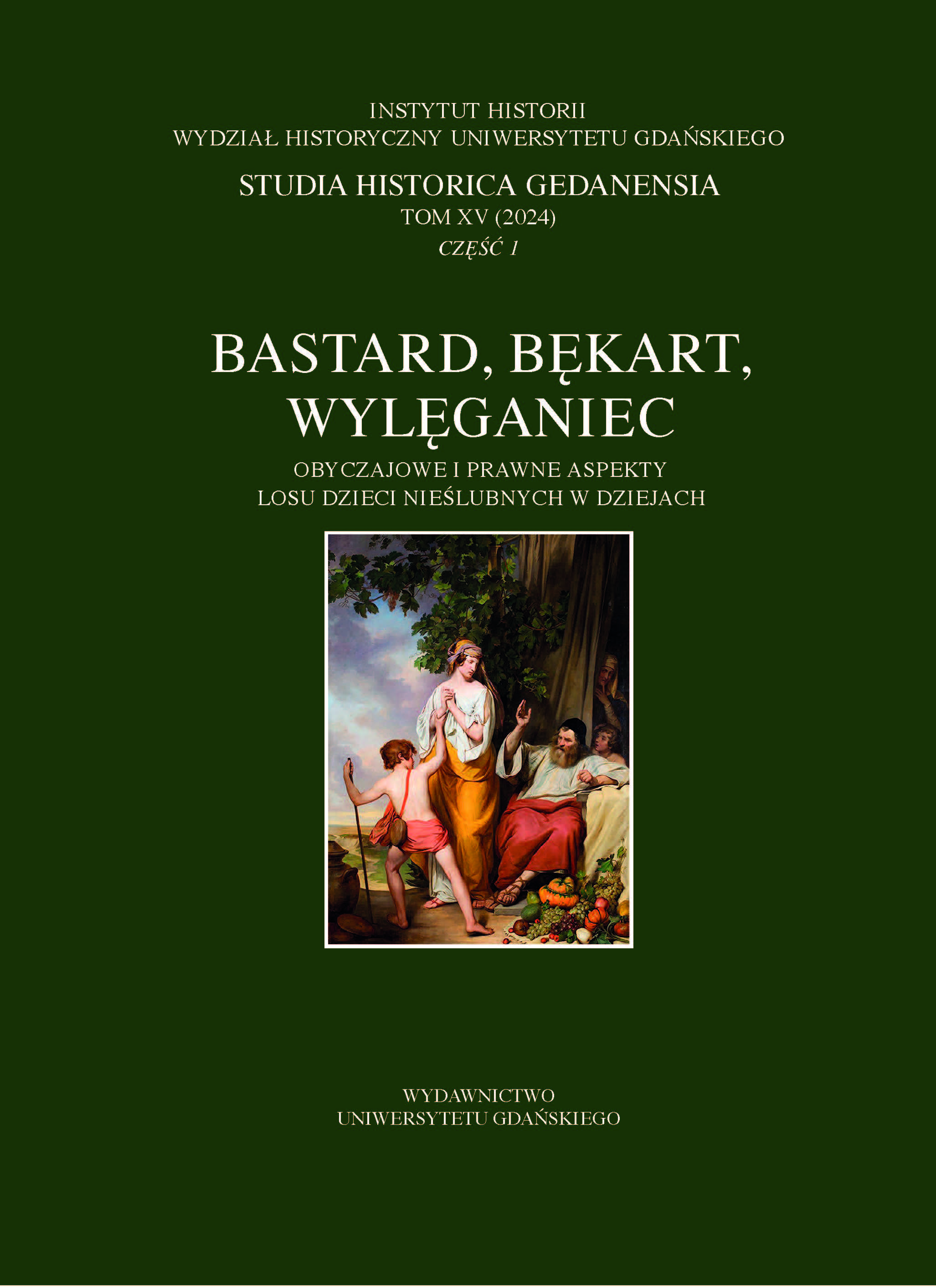O naprawianiu urodzenia, czyli supliki de defektu natalium z metropolii gnieźnieńskiej do Penitencjarii Apostolskiej w XV w.
About rectifying birth, or supplications de defectu natalium from the ecclesiastical province of Gniezno to the Apostolic Penitentiary in the fifteenth century
Author(s): Monika Saczyńska-VercamerSubject(s): History, Law, Constitution, Jurisprudence, Local History / Microhistory, Canon Law / Church Law, History of Religion
Published by: Wydawnictwo Uniwersytetu Jagiellońskiego
Keywords: Apostolic Penitentiary; canon law; Church history
Summary/Abstract: Supplications for dispensation from illegitymacy (de defectu natalium) from the ecclesiastical province of Gniezno to the Apostolic Penitentiary in the fifteenth century only reveal part of the problem of functioning in society for people born from non‑canonical unions. The petitioners were clergy or candidates for this estate. Boniface VIII reserved the right to grant dispensations de defectu natalium to the pope, and the handling of supplications was taken over by the postolic Penitentiary, which dealt with all exclusively papal rights and responsibilities. Analyzing these supplications allows us to examine not only the functioning of papal administration but also to indicate certain mechanisms of society’s functioning. In total, we know of 95 upplications from the province of Gniezno. This is a small group of cases compared to all European supplications de defectu natalium from the fifteenth century. It is also a small part of Polish and Lithuanian supplications (9%). In this case, the European average is higher: upplications de defectu natalium accounted for almost 20% of all European cases. Half of the cases from the Gniezno diocese concerned supplications from sons of clergy, while among the cases of sons of secular men, the majority were supplications from petitioners born from the relationship of two free persons. However, we can assume that some of these unions were perceived in society as marriages. Among the supplications from the province of Gniezno, we also note a lower percentage of marital cases (de matrimonialibus) compared to the European average. Legal birth was the result of the parents’ entering into a legal marriage according to canon law. In the province of Gniezno, we observe a lack of rigor in adhering to all canonical rules; also on the part of the local church. Children born from such socially accepted elationships also had to rectify their birth with a papal dispensation.
Journal: Studia Historica Gedanensia
- Issue Year: 1/2024
- Issue No: 15
- Page Range: 44-56
- Page Count: 13
- Language: Polish

